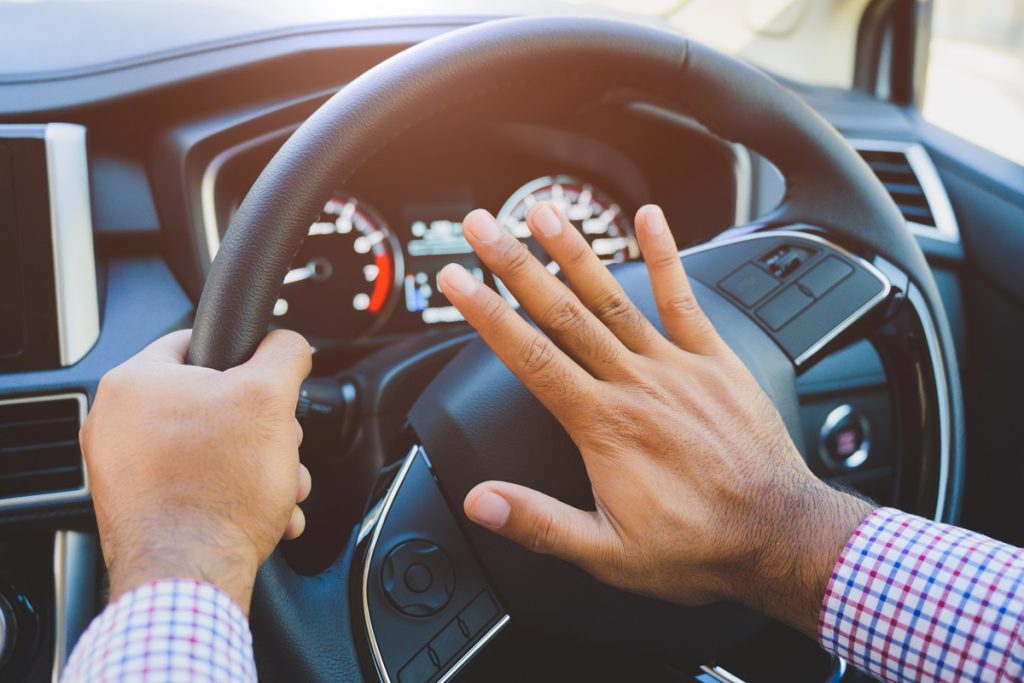Teaching your teen to drive can be a nerve-wracking experience, but it doesn’t have to be. With the right approach, you can make the process smoother, safer, and even enjoyable for both of you. These expert-backed tricks will help you stay calm, keep your teen focused, and ensure they develop safe driving habits that last a lifetime.
Start in an Empty Parking Lot
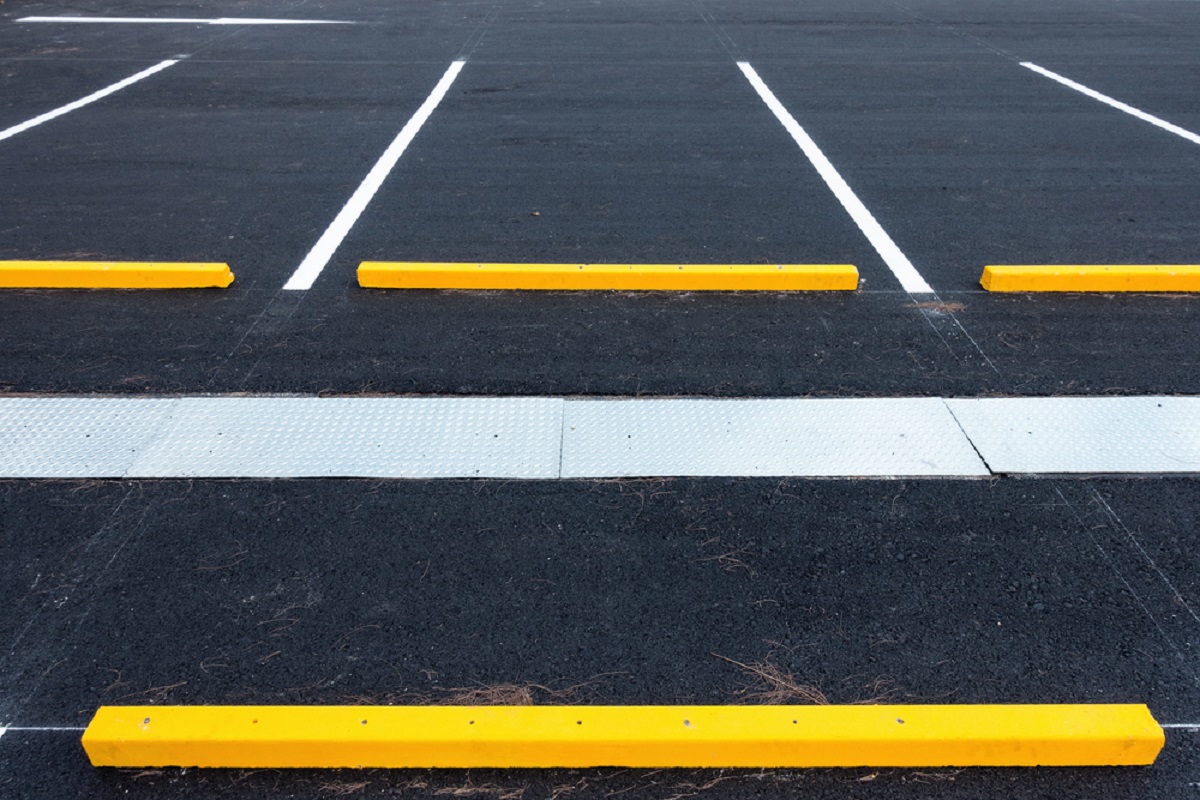
Before hitting the road, begin in a spacious, empty parking lot where your teen can get comfortable with the car. Let them practice starting, stopping, turning, and parking without the pressure of traffic. This builds confidence and helps them learn basic control before navigating real roads, making future lessons easier.
Set Clear Expectations Before Each Drive
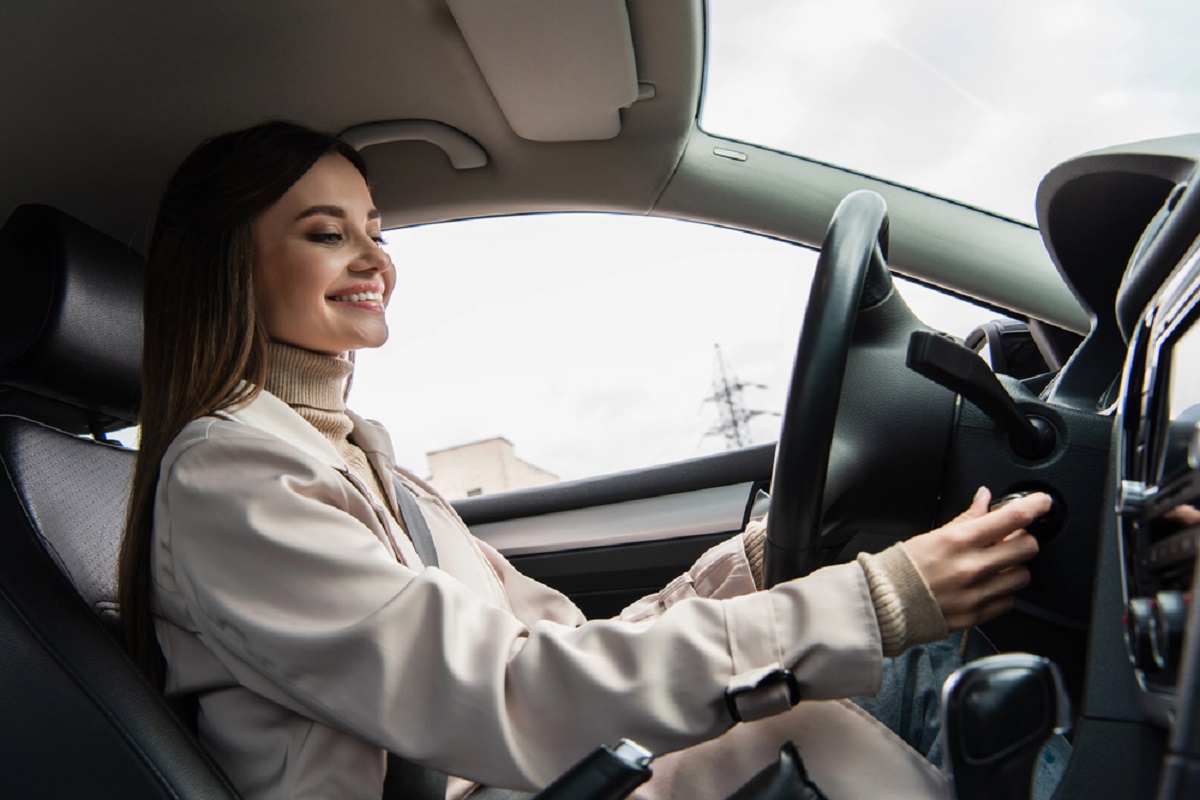
Before you even start the engine, discuss what skills you’ll be practicing during the lesson. Whether it’s lane changes, merging, or parallel parking, having a clear focus prevents overwhelm. It also helps your teen mentally prepare for the challenges ahead, boosting their confidence and ability.
Stay Calm and Use a Neutral Tone

Your teen is already nervous, so your tone of voice matters immensely. Avoid yelling or panicking, even if they make mistakes along the way. Speak calmly and clearly, offering guidance rather than criticism. If tensions rise, take a short break before continuing, ensuring a positive learning experience.
Have Them Narrate Their Actions Aloud

Ask your teen to talk through their driving decisions aloud while they drive. This technique helps them develop situational awareness and reinforces safe driving habits naturally. For example, they can say, “Checking my mirrors, signaling, and merging left,” helping them build essential habits for future driving.
Related: 12 Scary Car Emergencies and Exactly What to Do to Stay Safe
Limit Distractions in the Car Always
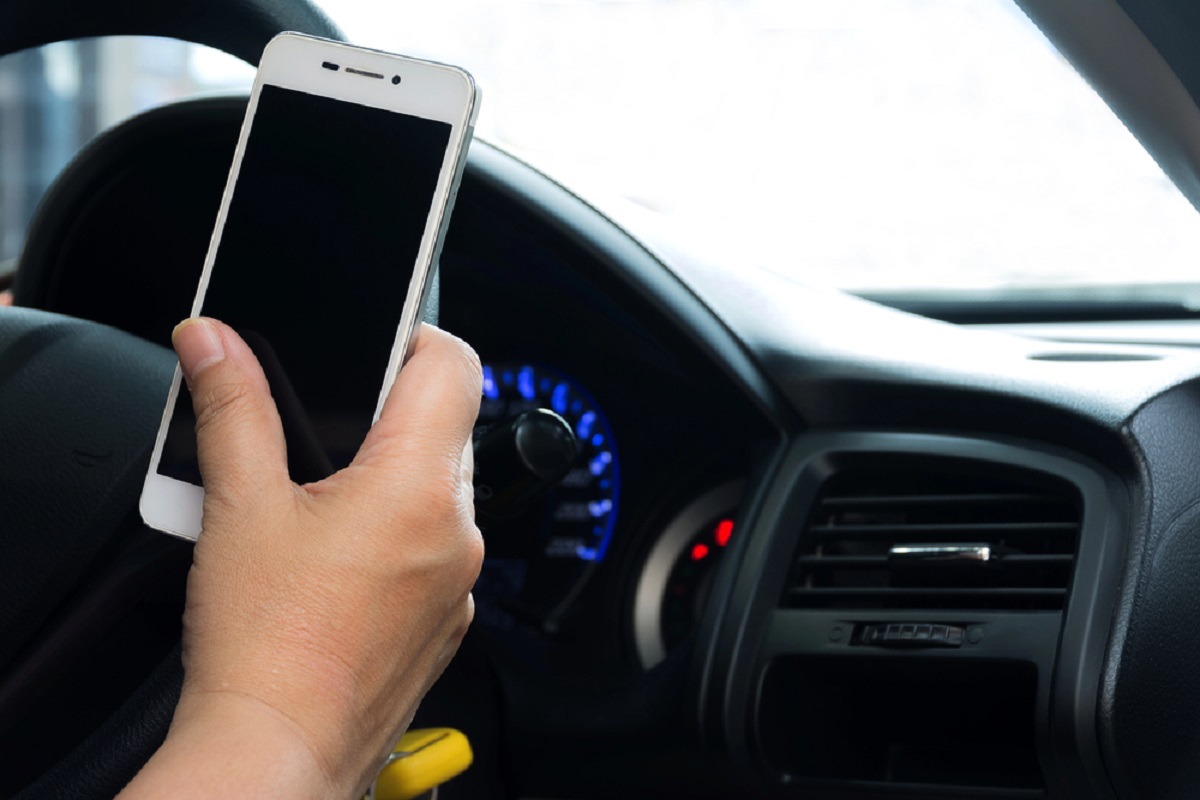
Turn off the radio, keep passengers to a minimum, and put all phones away. A distraction-free environment allows your teen to focus fully on driving, helping them develop strong habits before real-world distractions arise. Keeping their attention on the road enhances safety significantly.
Related: 13 Hidden Dangers on the Road That Most Drivers Ignore
Teach Defensive Driving Early On Proactively

Introduce defensive driving techniques from the start, such as maintaining a safe following distance, scanning for hazards, and anticipating other drivers’ actions. Teaching these habits early helps your teen become a safer, more cautious driver. Encouraging awareness of surroundings minimizes risks and boosts reaction time.
Related: Top 12 Car Technologies That Will Be Standard in Every Vehicle by 2030
Use Landmarks to Teach Stopping Distance

Teens often struggle with judging stopping distances in real-world conditions. Use physical markers, like trees or street signs, to show where they should begin braking safely. This visual technique helps them develop a better sense of timing and control, preventing sudden or abrupt stops while driving.
Practice in Different Weather Conditions Gradually

Once they’re comfortable driving in ideal conditions, introduce them to light rain, nighttime driving, and other real-world scenarios. Gradually exposing them to different conditions helps build confidence and preparedness for any situation. Controlled exposure to challenging environments makes them adaptable drivers.
Related: 13 Reasons Why Compact SUVs Still a Good Choice for City Living
Focus on Smooth Braking and Acceleration Movements
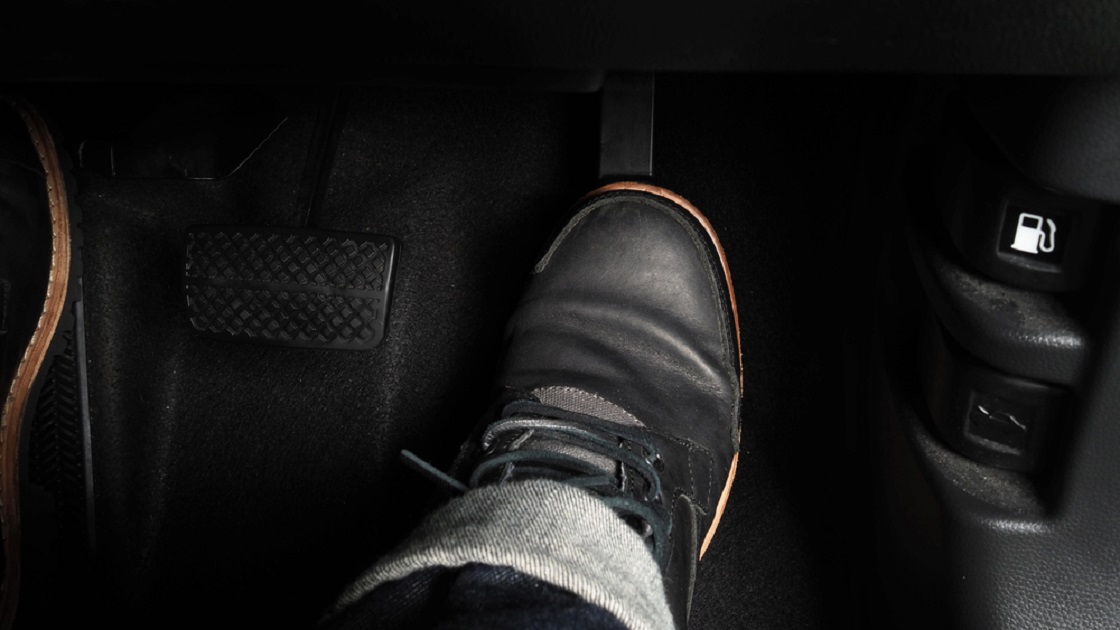
Teens tend to brake abruptly or accelerate too quickly, causing discomfort and safety risks. Encourage them to apply gentle pressure on the pedals for smoother stops and starts every time. A good rule of thumb is to pretend there’s a cup of water on the dashboard—no spills allowed for safe driving.
Related: Buying Your First Car? Read These 15 FAQs Before You Sign
Switch Up the Routes Regularly for Variety

Don’t let them get too comfortable with just one route repeatedly. Take different streets, introduce new intersections, and practice various types of turns. This builds adaptability and ensures they’re ready for all kinds of driving environments, improving their reaction time to unexpected road changes.
Teach the “Mirror, Signal, Blind Spot” Rule Immediately

Make checking mirrors, signaling, and looking over their shoulder before lane changes a habit they never forget. Repeating “Mirror, signal, blind spot” out loud can help reinforce this crucial safety step. Developing this habit will prevent accidents and make them more confident drivers.
Related: New or Used? 15 Crucial Car Buying FAQs Uncovered!
Encourage Independent Decision-Making While Driving
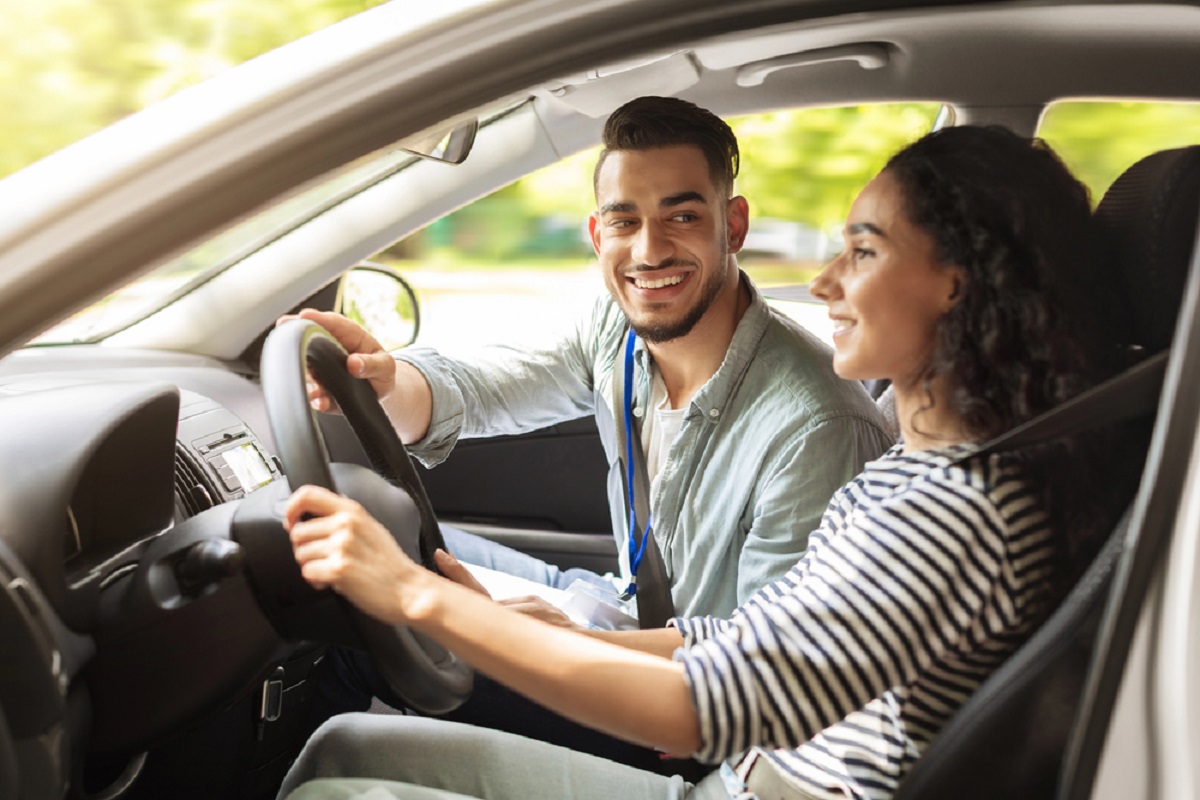
Instead of always giving instructions, occasionally ask, “What do you think you should do next?” This encourages critical thinking and helps them learn to make safe driving decisions on their own. Encouraging independence builds their confidence and reduces dependence on external guidance.
Related: Car Care Secrets: 15 Must-Know Auto Tips for Every Driver
Teaching your teen to drive doesn’t have to be a nerve-wracking ordeal. With patience, structure, and these proven strategies, you can turn it into a rewarding experience. Which of these tricks are you most excited to try first?
Disclaimer: This list is solely the author’s opinion based on research and publicly available information.
12 Best Used Cars for Teen Drivers on a Budget

Buying a used car for a teen driver requires balancing affordability, safety, and reliability. The best choices have strong safety ratings, good fuel economy, and low maintenance costs. From compact sedans to practical hatchbacks, these budget-friendly options offer dependable transportation without overspending. Here are 12 great used cars for teen drivers.
Read it here: 12 Best Used Cars for Teen Drivers on a Budget
15 Car Features That Are a Complete Waste of Money

When buying a car, it’s easy to get tempted by high-tech upgrades and luxury add-ons. However, not all features are worth the extra cost, some are gimmicks, others become outdated quickly, and a few are just plain unnecessary. Before you splurge on these so-called “upgrades,” take a closer look at what you’re really paying for. These features may seem appealing at first, but they often add little value in everyday driving. These car features often turn out to be a complete waste of money.
Read it here: 15 Car Features That Are a Complete Waste of Money
13 SUVs Known for Holding Their Value and Staying on the Road for Over 200,000 Mile

When buying an SUV, longevity and resale value are crucial factors. Some models are built to withstand high mileage, regularly surpassing 200,000 miles with proper maintenance. These vehicles also retain their value well, making them smart investments. Here are 13 SUVs known for their durability, reliability, and strong resale value.
Read it here: 13 SUVs Known for Holding Their Value and Staying on the Road for Over 200,000 Mile
You’ll love these related posts:

